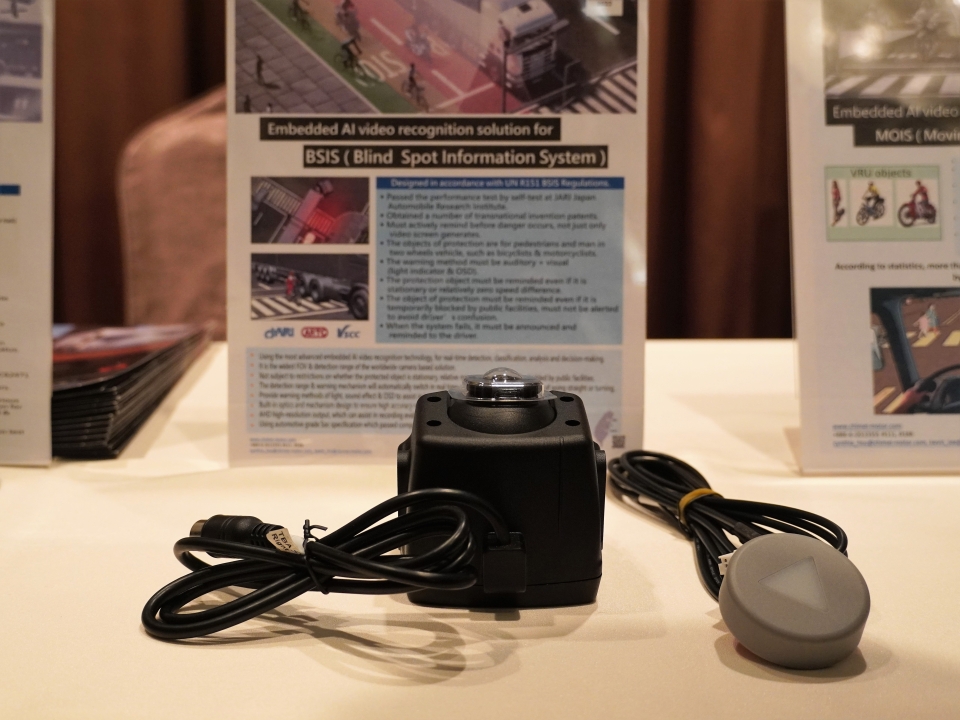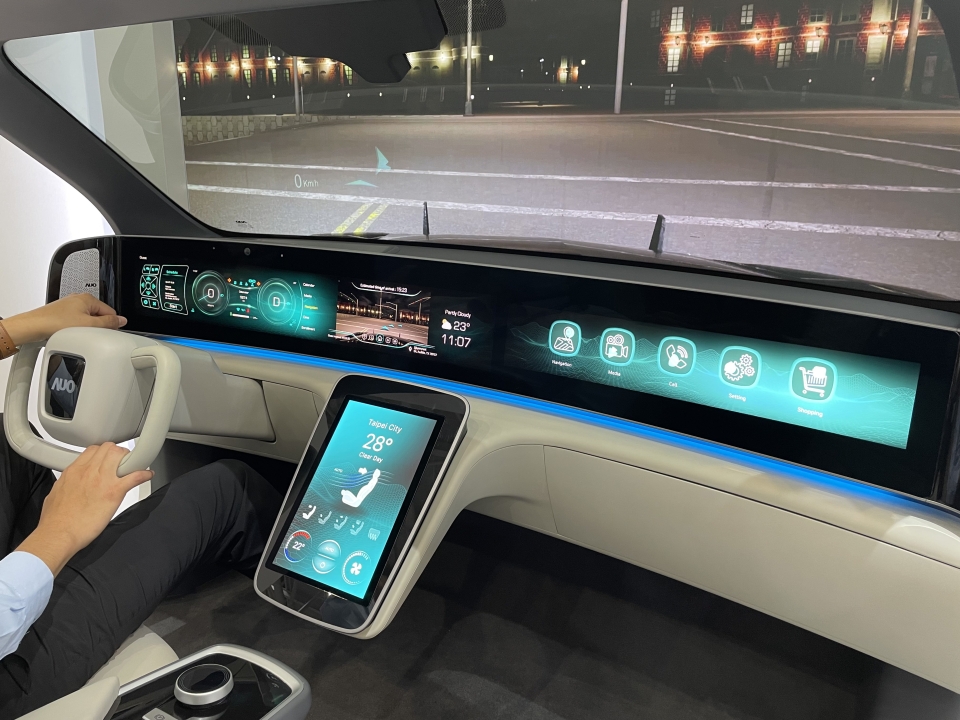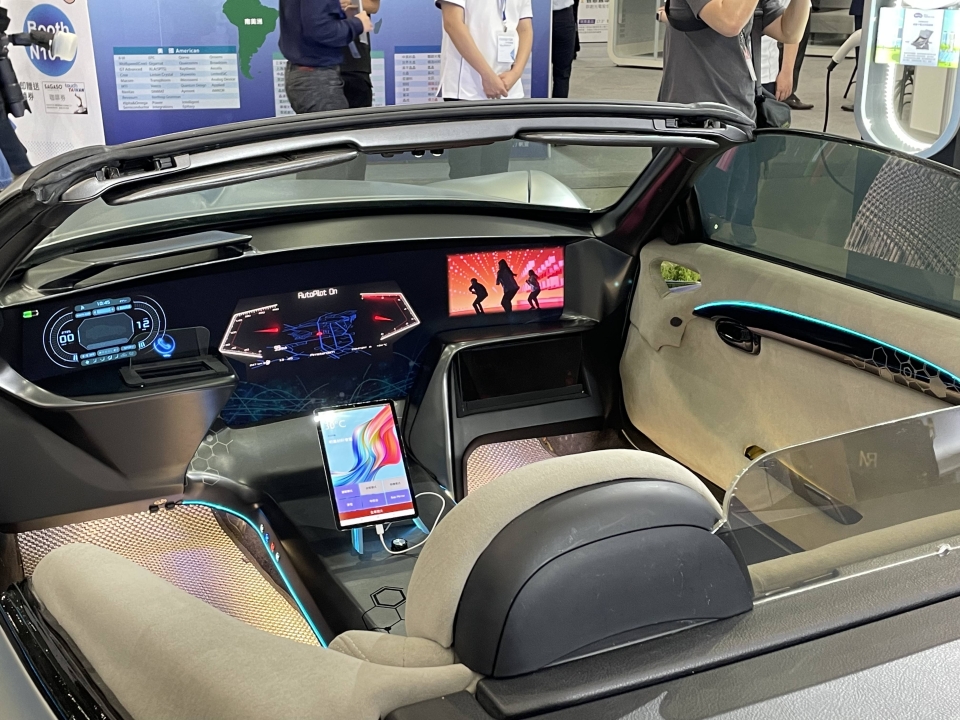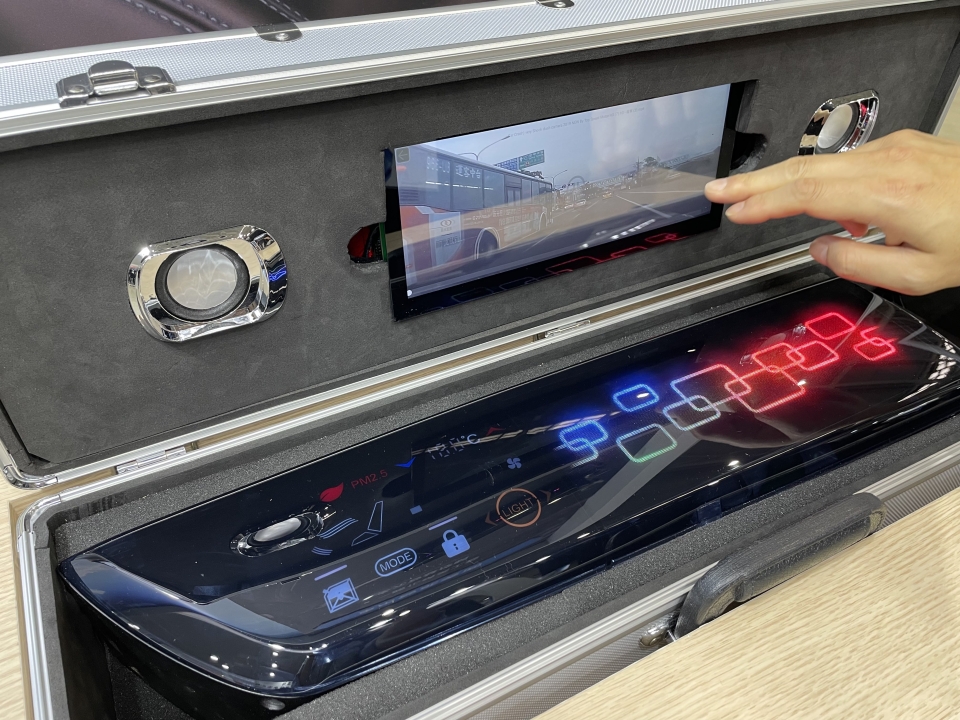EV revolution sees advancements in emerging smart cockpit solutions
2022/07/12 | By CENS
The press conference would be one of the bigger events to be hosted at the beginning of the new year, with many attendees expressing an optimistic outlook and tentative respite of resuming larger-scaled in-person events. The upbeat atmosphere, in a way, was reflective of how Taiwanese suppliers regarded the next frontier in developing innovative solutions for electric vehicles (EV) and autonomous cars — which are the smart cockpit and display solutions.
The alliance MOU signing saw representatives from Elan Microelectronics, AU Optronics, Chimei Motor, China Motor, RAC Electric Vehicles, Master Transportation Bus, Tron-e, WPG Holdings' Silicon Application Corp, and ARTC, which aims to aggregate the entire production chain, from upstream to downstream suppliers, and ensure Taiwan has the ability to indigenously design automotive IC display technologies and develop independently designed automotive AI imagery and Mini LED display computing chip modules.
The idea is to combine these capabilities with free-form display technologies, independently develop the smart cockpit industry with relevant technologies, and roll out automotive imagery sensor chips that adhere to global standards for ADAS modules and systems. For the next stage, wider-scale application, the alliance aims to meet the EV Bus and EV Car requirements for smart cockpits, further integrating everything with AI sensor technology inside and outside the cockpit. The overall goal is to ensure Taiwan has the key technologies to develop smart vehicles domestically and upgrade the industry's value.
Vehicle Electronics Market Continues to See Hot Demand
According to the global industry survey organization MarkLines' statistics, EVs will eventually make up over 80% of all vehicles on the road in the future. There is significant momentum behind the EV growth in Taiwan; in the past five years, the automotive electronics industry value has quickly grown by 13% each year. In 2021, industry value reached NTD$300 billion, and that figure is expected to increase as more and more ICT brands are investing in the industry. MarkLines expect Taiwan's industry value to hit NTD$600 billion by 2025.
MarketWatch statistics also signify explosive growth in the future, with estimates showing that the global imagery chip market value will reach USD$5.7 billion by 2027. For automotive display chip applications and rearview, smart cockpit markets, the market scale is forecasted to reach USD$50.4 billion.
The reality is that domestic suppliers are increasingly investing in developing automotive chips, ADAS system development, and free-form display panels. However, areas like automotive imagery chips and cockpit design are still in their beginning stages, with many suppliers unable to completely carry out integrated product designs, and are still highly reliant on imports for high-end automotive-certified and smart products.
The alliance aims to resolve this issue by integrating technologies from upstream to downstream suppliers, independent AI imagery chip development, AI imagery detection technologies, smart display technologies, modules, and faster algorithm computing speeds with a lower energy footprint.
The Technologies on Display

● Elan Microelectronics' automotive-use AI chip development and manufacturing: offers automotive display driver design, Mini LED display modules, and automotive-standard high-power, low-energy consumption designs.
● Chimei Motor provides AI image detection technologies: offers ADAS systems for both the vehicle's interior and exterior, dynamic image calibration technologies, and integrates smart sensor modules.
● AU Optronics provides automotive cockpit display technologies: free-form (flat or curved) display modules, and responsive display technologies.
● WPG Holdings' Silicon Application Corp provides chip industry marketing solutions and applications.
● China Motor, RAC Electric Vehicles, Master Transportation Bus, and Tron-e provide system deployment and market applications: these companies are experienced in integrating solutions from the upstream and midstream into their existing vehicle platforms.
Touch Taiwan Unveils More Polished Solutions and New Additions
With Taiwan as the world's ICT hub, Touch Taiwan 2022 was the prime stage for Taiwan's display and Mini LED suppliers to showcase emerging solutions to a world and international industry looking to inject a new wave of innovation into the EV and self-driving vehicle fields.
AU Optronics showcased its smart cockpit solution that integrates a streamlined pillar-to-pillar four-piece integrated display modules controlled by one cockpit domain unit, and the software side with a car entertainment system. The solution is equipped with a camera as well, which essentially offers a facial recognition feature when drivers sit down in the driver's seat, providing driver attention alerts through the gaze tracking function, as well as display panel brightness adjustment. On the other hand, as the camera tracks eyeball movement, the front passenger seat also gets to interact with the system, as AU Optronics has plans to integrate shopping and multimedia entertainment features, allowing passengers to shop via the display panels as they would on their smart devices. Its HUD features can also access the navigation system, displaying a navigation arrow on the windshield to direct the driver to their destination.







